Solar panels have become a staple in the modern energy landscape, providing a clean and renewable source of electricity for homes, businesses, and utility-scale operations. As these installations become more common, questions about their maintenance and handling arise, one of the most frequent being: can you walk on solar panels? This article explores the implications, risks, and best practices associated with walking on solar panels.
Understanding Solar Panels
Solar panels are composed of photovoltaic cells that convert sunlight into electricity. These cells are typically made from silicon and are encased in a protective layer of glass or plastic. The panels are mounted on a framework that ensures they are positioned to maximize exposure to sunlight. There are several types of solar panels, including monocrystalline, polycrystalline, and thin-film, each with distinct characteristics and applications.
Why Would Someone Want to Walk on Solar Panels?
There are several reasons someone might consider walking on solar panels:
- Maintenance and Cleaning: Dust, dirt, and debris can accumulate on solar panels, reducing their efficiency. Regular cleaning is essential to maintain optimal performance.
- Installation and Inspection: Technicians may need to access solar panels during installation or for routine inspections to ensure they are functioning correctly.
- Accessing Hard-to-Reach Areas: In some installations, solar panels might be placed in locations that make them difficult to access without stepping on them.
Physical Properties of Solar Panels
Solar panels are designed to withstand various environmental conditions, but they are not typically built to bear the weight of a human. The materials used in solar panels include tempered glass, aluminum frames, and silicon cells, which provide durability but have limits on the pressure they can endure.
Potential Risks of Walking on Solar Panels
- Damage to the Panels: Walking on solar panels can cause cracks or microfractures in the glass or silicon cells, leading to decreased efficiency or complete failure.
- Personal Injury Risks: Solar panels can be slippery, especially when wet, posing a risk of slipping and falling.
- Electrical Hazards: Damaged panels can expose electrical components, increasing the risk of electric shock.
Impact on Solar Panel Performance
Even minor damage to a solar panel can significantly impact its performance. Pressure from walking can create microfractures that might not be immediately visible but can reduce the panel’s ability to convert sunlight into electricity efficiently. Over time, these small damages can accumulate, leading to more significant issues and potential system failures.
Manufacturers’ Guidelines and Warranties
Most solar panel manufacturers advise against walking on their products. Doing so can void warranties, as it is considered improper handling and outside the scope of normal use. It’s crucial to follow the manufacturer’s guidelines to avoid any potential issues with warranty claims.
Alternatives to Walking on Solar Panels
There are several alternatives to walking on solar panels for maintenance and inspection:
- Use of Drones for Inspection: Drones equipped with cameras can inspect solar panels for damage without physical contact.
- Telescopic Cleaning Tools: These tools allow for cleaning solar panels from the ground or from a safe distance.
- Professional Maintenance Services: Hiring professionals who have the necessary equipment and expertise to safely maintain solar panels without walking on them.
Proper Techniques for Walking on Solar Panels
If walking on solar panels is unavoidable, it is essential to follow proper techniques to minimize risks:
- Safety Gear and Precautions: Wear non-slip shoes and use safety harnesses if working on elevated panels.
- Steps to Minimize Risk and Damage: Walk on the frame or mounting structure rather than the glass or cells themselves.
- Situations Where Walking Might Be Unavoidable: In some cases, panels are installed in such a way that there is no other option but to walk on them. In these situations, take extreme care to distribute weight evenly and avoid sharp objects.
Case Studies and Real-Life Examples
Numerous case studies highlight the consequences of walking on solar panels. For instance, a residential installation in Arizona experienced a significant drop in efficiency after routine cleaning was performed incorrectly. Conversely, a commercial solar farm in California implemented drone technology for inspections, resulting in zero panel damage and increased system reliability.
Innovations in Solar Panel Design
Some manufacturers are developing walkable solar panels designed to withstand foot traffic. These panels incorporate stronger materials and reinforced structures, making them suitable for specific applications like solar rooftops where access is necessary.
Environmental and Economic Considerations
Repairing or replacing damaged solar panels can be costly and environmentally detrimental. Preventative measures, such as proper maintenance techniques and innovations in panel design, can reduce these impacts, preserving both financial investments and the environment.
Best Practices for Solar Panel Maintenance
To maintain solar panels safely and effectively:
- Regular Maintenance Schedules: Schedule regular inspections and cleanings to prevent buildup and identify potential issues early.
- Safe Cleaning and Inspection Methods: Use appropriate tools and techniques that do not require walking on the panels.
Future Trends in Solar Panel Maintenance
Advancements in technology are making non-invasive maintenance more accessible. Innovations such as autonomous cleaning robots and enhanced drone capabilities are paving the way for safer, more efficient solar panel care.
Conclusion
While walking on solar panels is not recommended due to the potential risks of damage and injury, there are circumstances where it might be necessary. By following proper techniques and using alternative methods, you can ensure the longevity and efficiency of your solar panel system. Understanding the limitations and best practices for handling solar panels will help protect your investment and contribute to a sustainable future.
FAQs
- Can I clean my solar panels without walking on them?
- Yes, you can use telescopic cleaning tools or hire professional services that avoid walking on the panels.
- How often should solar panels be inspected?
- Solar panels should be inspected at least twice a year to ensure they are functioning correctly and to identify any potential issues early.
- Are there solar panels designed to be walked on?
- Some manufacturers are developing walkable solar panels with reinforced structures, but these are not yet widely available.
- What should I do if my solar panel gets damaged?
- If a solar panel is damaged, contact a professional to assess the situation and recommend repairs or replacements. Avoid attempting repairs yourself.
- Can walking on solar panels cause them to stop working?
- Walking on solar panels can cause microfractures and other damage that may reduce their efficiency or cause them to fail entirely.

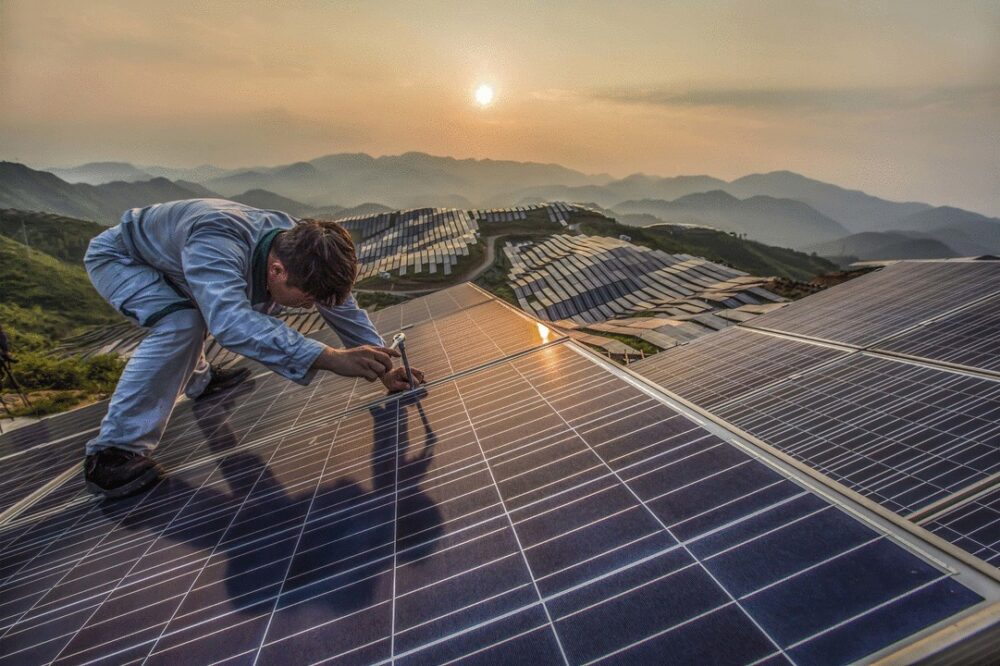
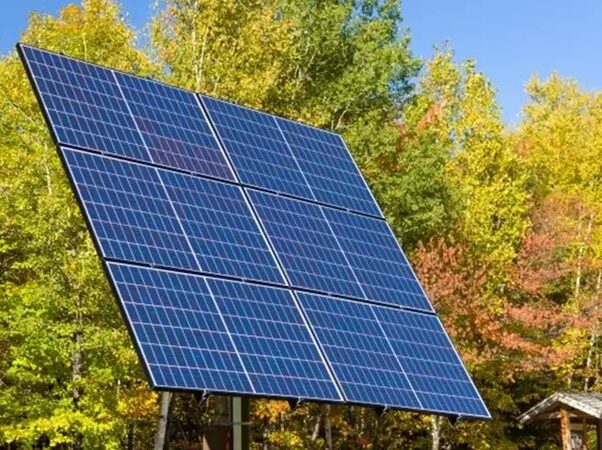

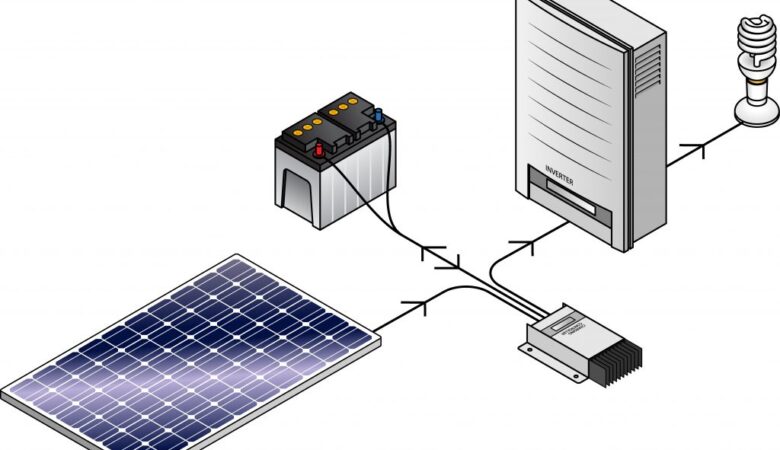
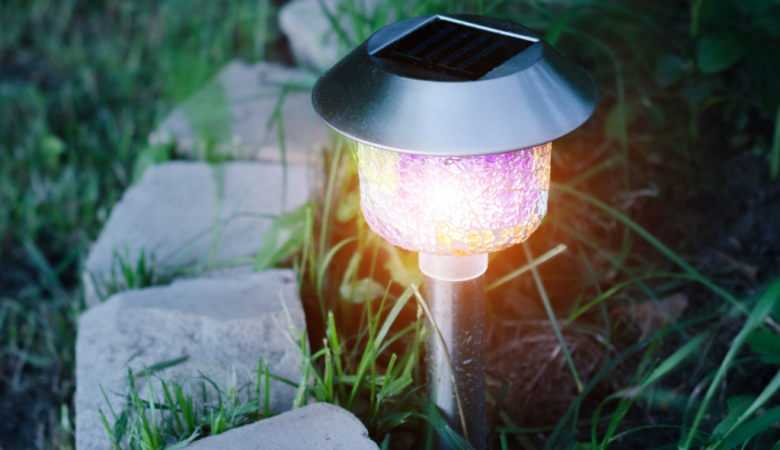
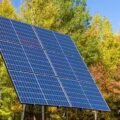

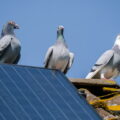
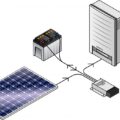

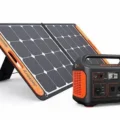
Leave a Reply